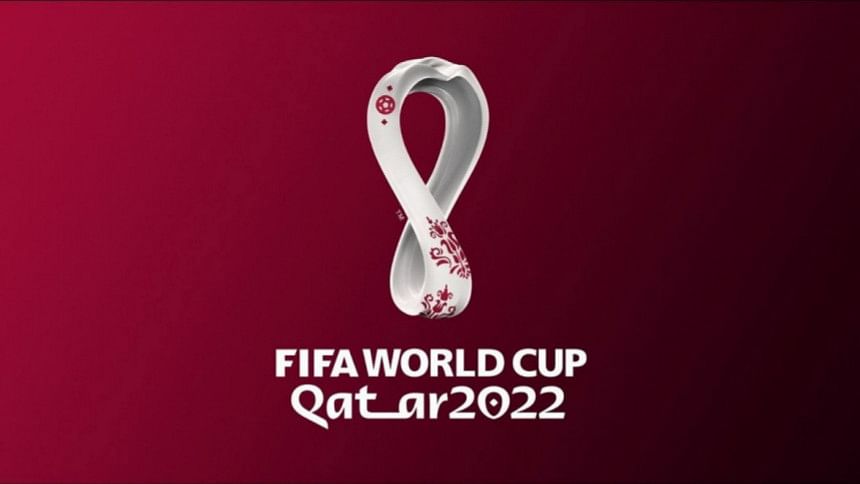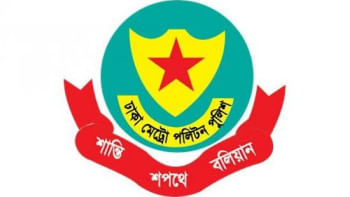Desert Fest: Modernity the enemy of romance

The World Cup has traditionally been a platform that offered players the unique chance of being flung from unknowns into the realms of Kings and Kaisers over the course of just one month. Even as recently as the start of the millennium, the World Cup was as much about discovering the hottest talents from far-flung countries as it was about the battle for the ultimate prize.
From Pele's blistering arrival in 1958 to Geoff Hurst and Franz Beckenbauer's limelight-stealing outings in 1966, Diego Maradona's introduction to the world in 1982 and Salvatore Schillaci's heroics in 1990 all the way to Thomas Muller's Golden Boot heist in 2010, World Cups usually saw the introduction of a character that held the potential that could threaten the world order.
That aura began to fade by 2014. By 2018, teams had begun swooping for players preemptively, such as when PSG signed Kylian Mbappe for 180 million euros. Now, players like Bukayo Saka, Moises Caicedo, Enzo Fernandez and Rodrygo, all born after 2000, are already old news. Even Jude Bellingham, still just 19 years old, is an established star. The youngest player in Qatar, Australia's Garang Kuol, secured a move to Premier League outfit Newcastle well before the World Cup.
Such is the flow of information and highlight reels that most discussions around the hottest prospects in the world during the course of this World Cup have revolved around Endrick, a 16-year-old striker from Brazilian club Palmeiras who is playing no part in Qatar. He made headlines last year when he signed his first professional contract, featuring a 60-million-euro buyout clause. He has been subject to a pursuit from Europe's elite clubs since.
Scouting reports about Endrick are widely available and videos abound, which begs the question whether it is even possible for a player to emerge from the shadows anymore. With the amount of advances in scouting, not to mention the adoption of more data-driven scouting systems, and less reliance on having to be physically present at venues, it appears those days are over.
Take Morocco for example, who have made history on their fairytale run to the World Cup semifinals. Complete team performances and tactical execution have seen them become the first African team to make it this far in the World Cup.
But the fact is that 20 players in their 26-man squad feature in Europe's top five leagues. While the likes of Selim Amallah, Azzedine Ounahi and Sofyan Amrabat, were far from unknowns as they headed to Qatar, nor are they world-beaters in the aftermath, at least individually.
Overall, the 32 teams, bar Qatar and Saudi Arabia, featured only two or three players from outside the top leagues. In fact, 25 per cent of the players at this World Cup ply their trade in the Premier League. 40 per cent of players play in either Spain's La Liga, Germany's Bundesliga, Italy's Serie A or the Ligue 1 in France.
This means that every team is equipped to contend with the challenges that elite players can pose, as evidenced by the number of upsets at the World Cup. Teams have also caught up in terms of tactical execution and planning. But there is also a negative side, as Juanma Lillo -- Pep Guardiola's former assistant and long-time inspiration -- pointed out in a recent column.
"We have globalised a methodology to an extent that it's crept into the World Cups. If you got the Brazil and Cameroon players to change shirts at half-time, you wouldn't even realise. Maybe with the tattoos or the yellow hair, but not the performance. Everything is 'dos toques'. Two touches. Because they all train with two touches, they all play with two touches," he wrote for The Athletic.
He also could not name a standout player from the World Cup, opining that they were all too similar, remarking later: "It's true now that there aren't bad players any more. But there are no exceptional players either. In trying to kill the bad guys, we've killed the good guys, too."
That view may be a bit harsh. Under the shadow of Lionel Messi and Cristiano Ronaldo, many players have emerged over recent years such as Mbappe and Vinicius Jr and even as far back as Eden Hazard.
But even if the next star is just around the corner, the element of surprise will have all but worn off by 2026, costing the game nothing more, and nothing less, than some of its romance.

 For all latest news, follow The Daily Star's Google News channel.
For all latest news, follow The Daily Star's Google News channel. 



Comments